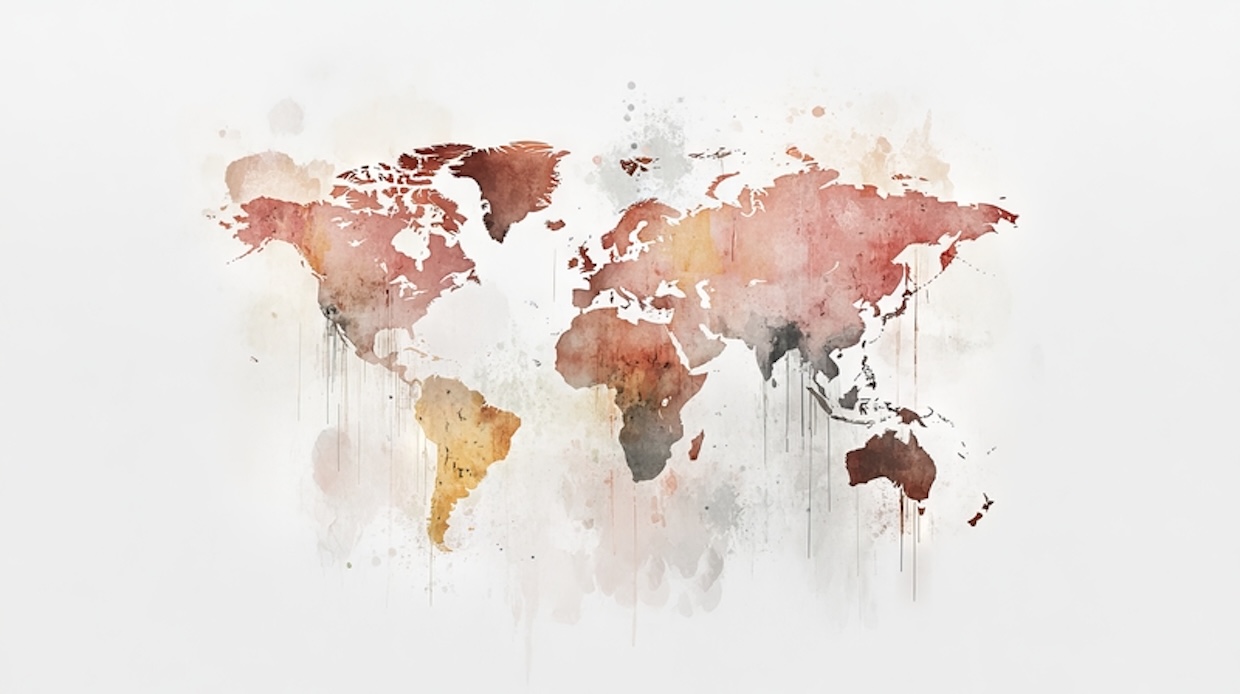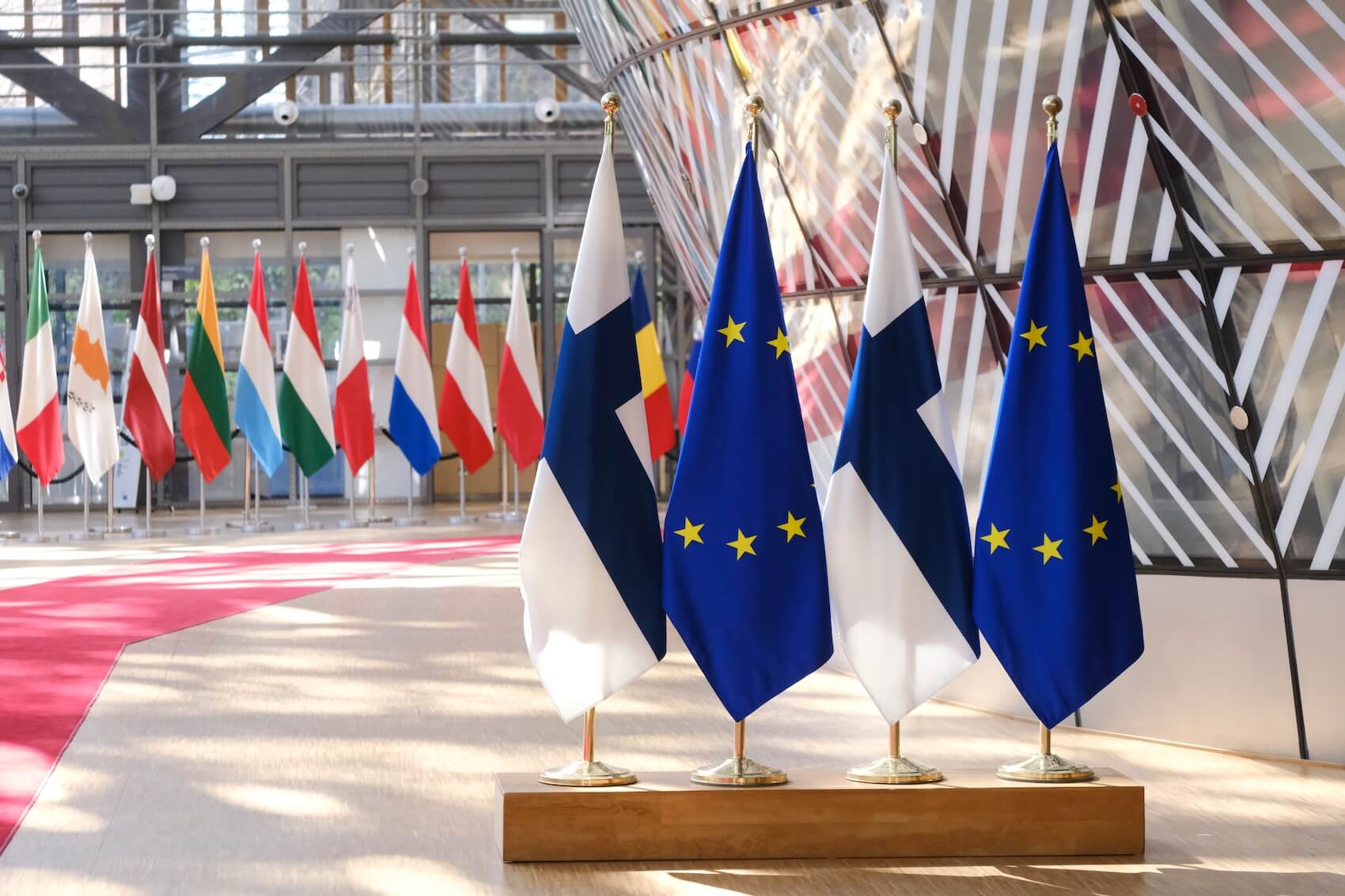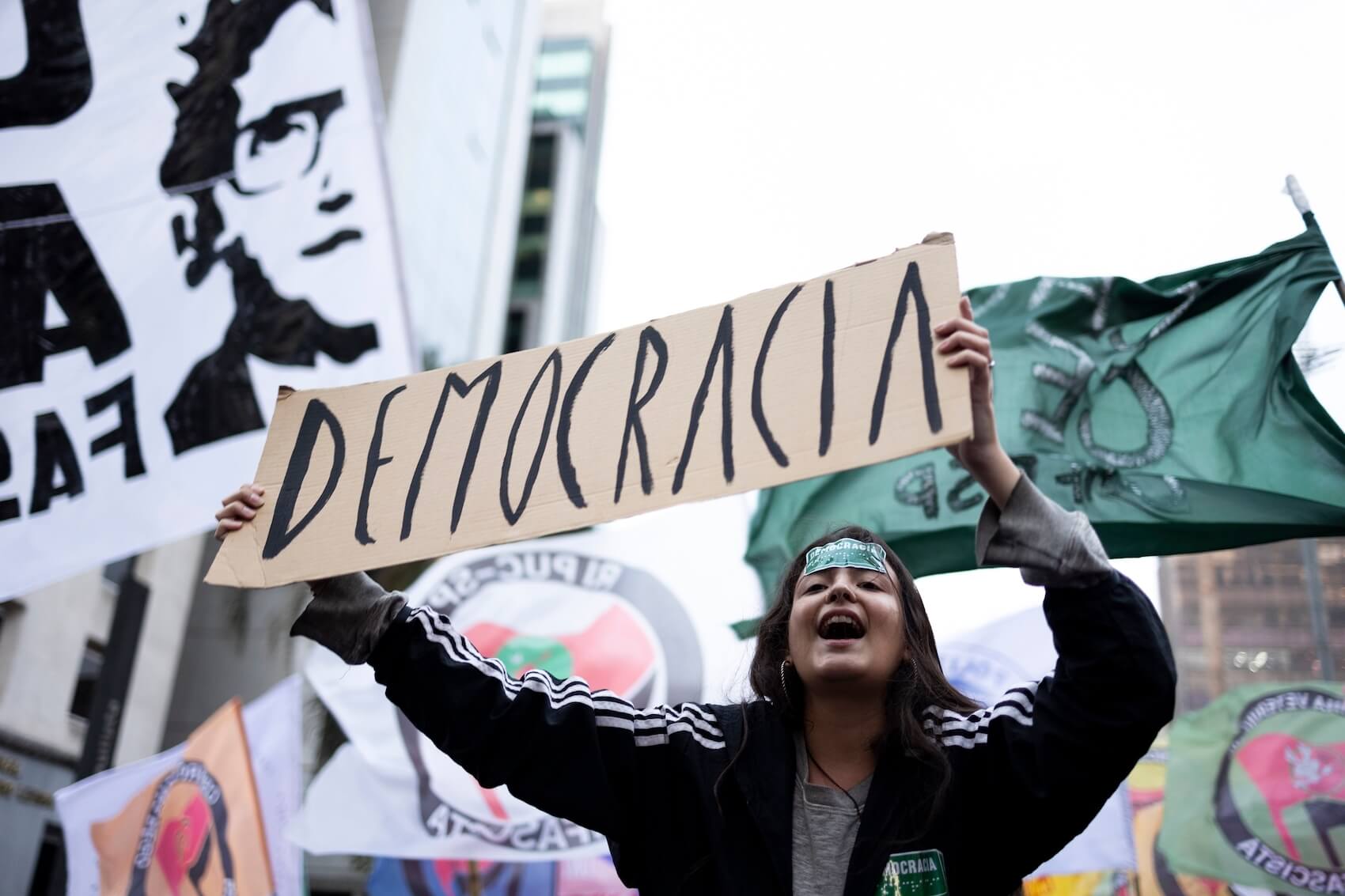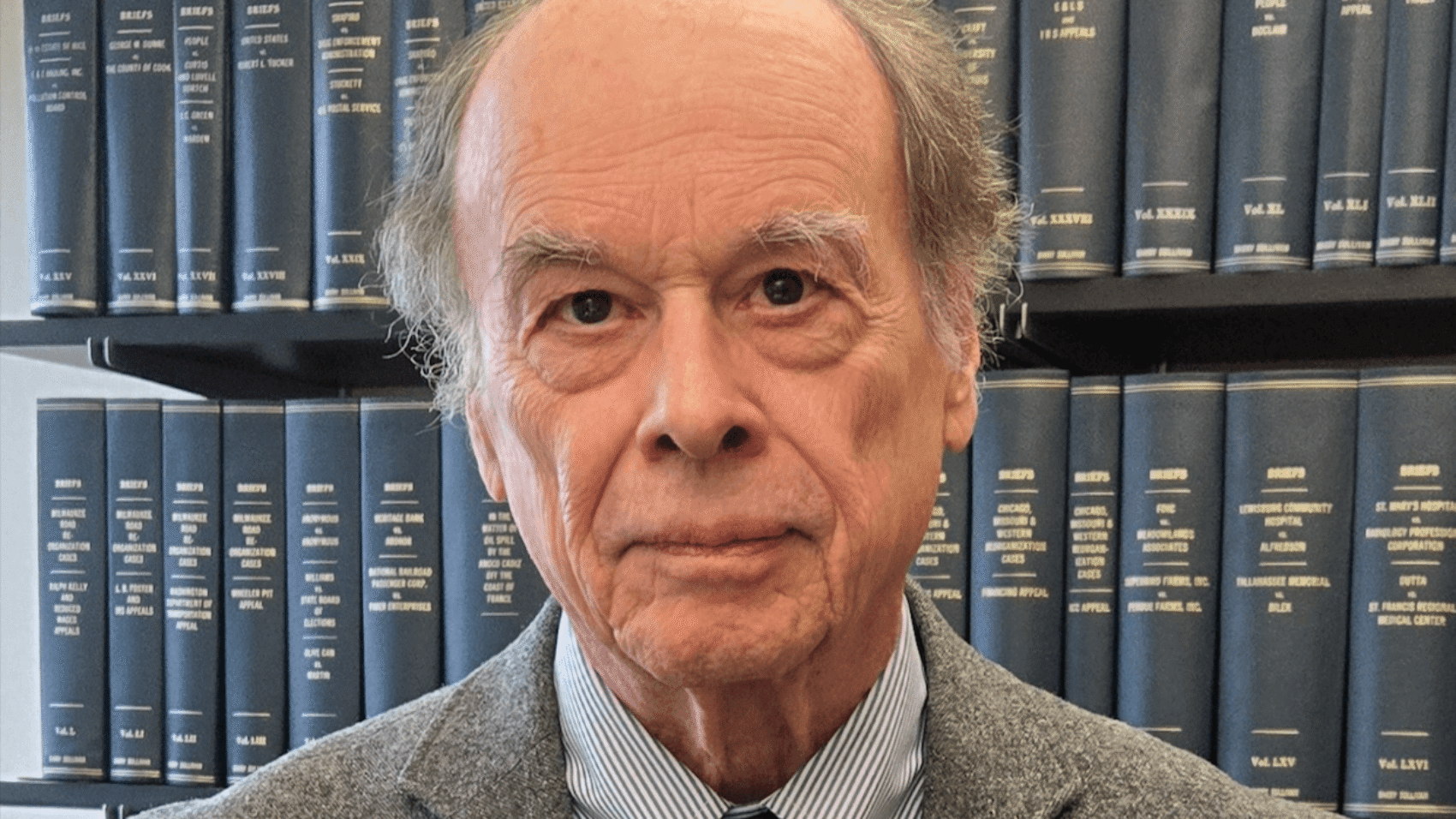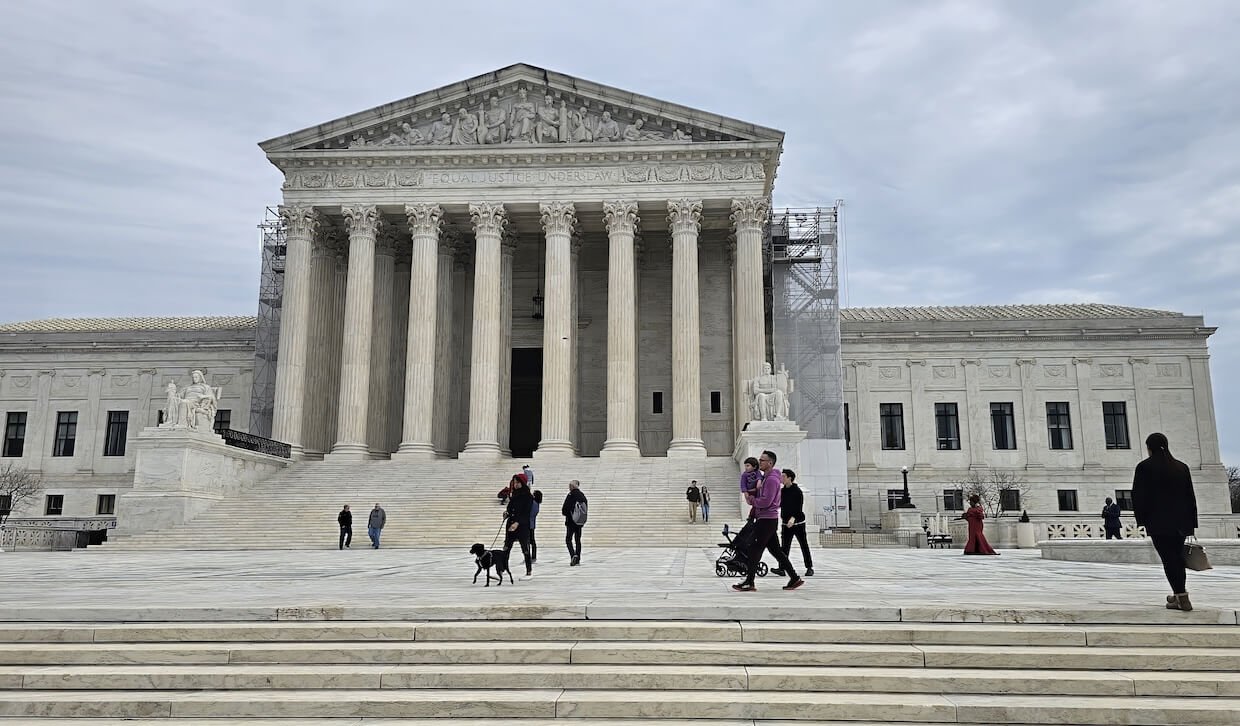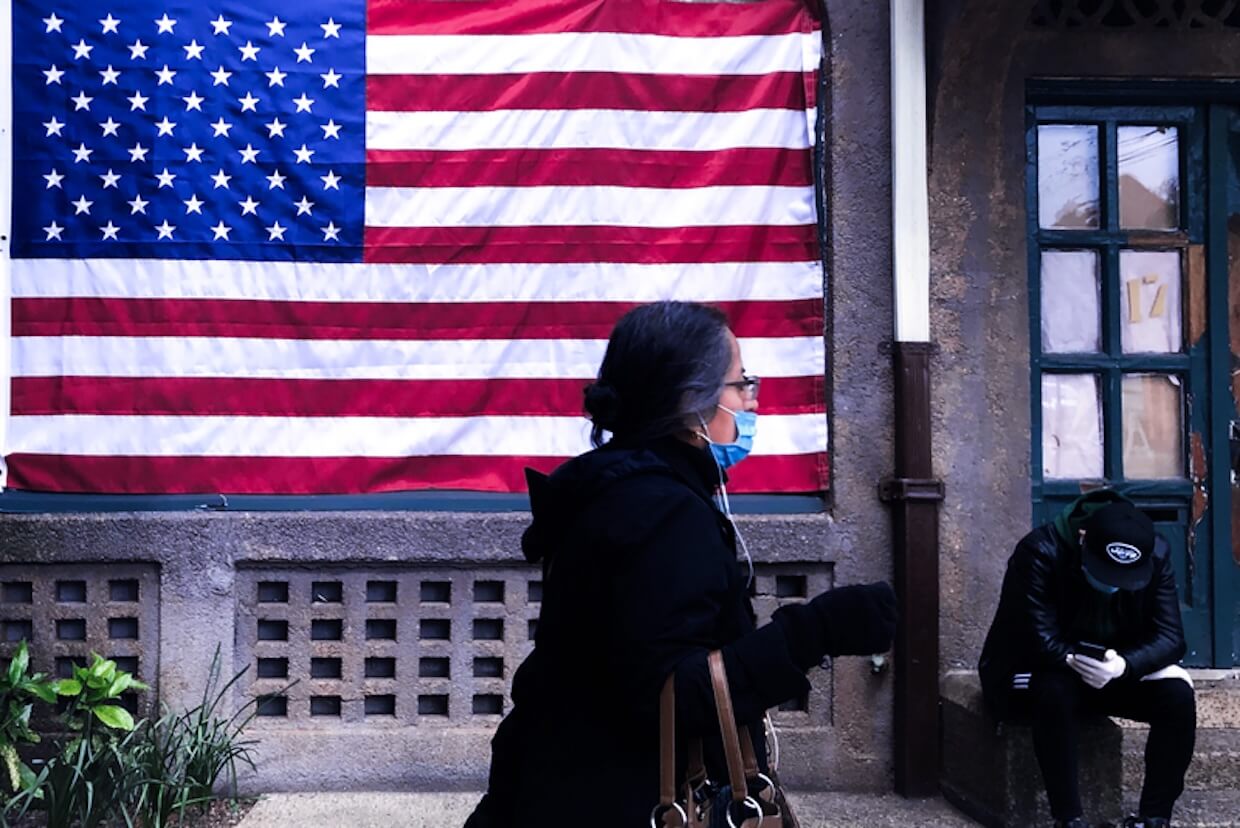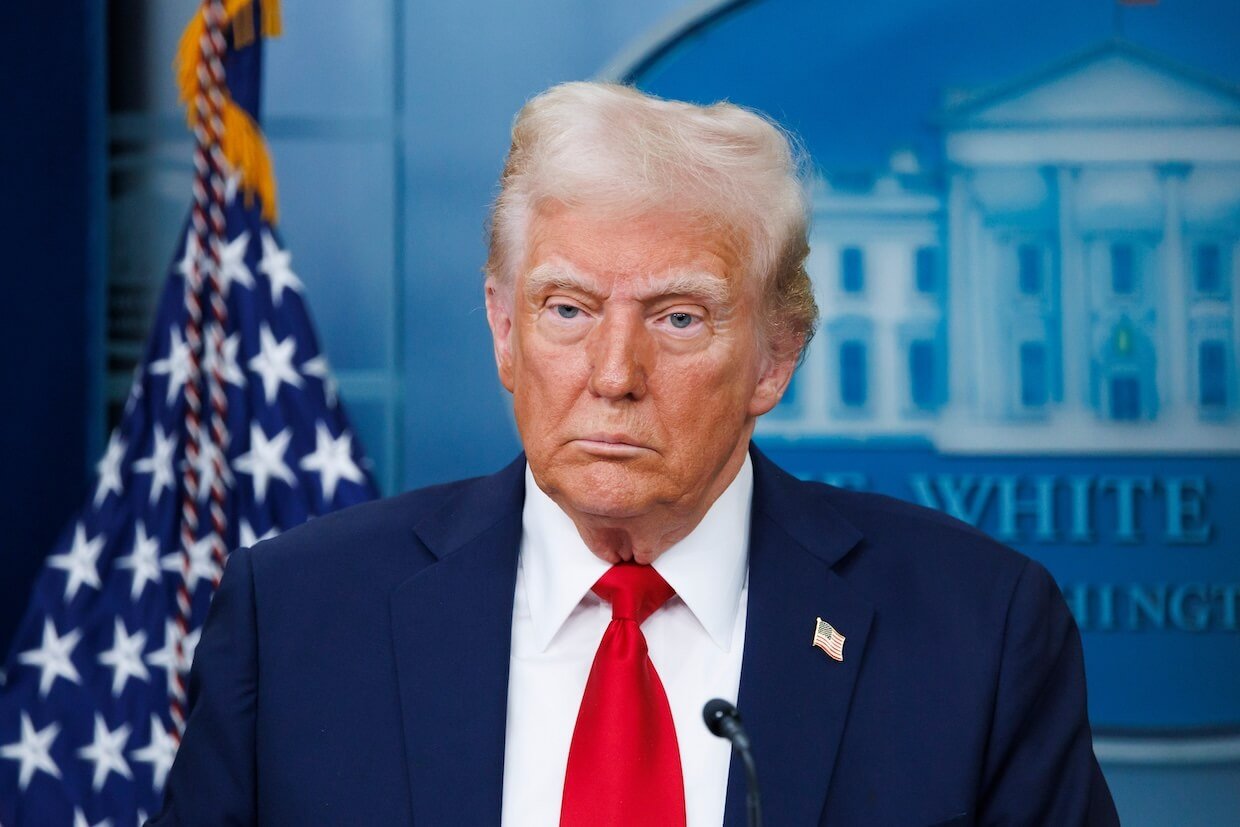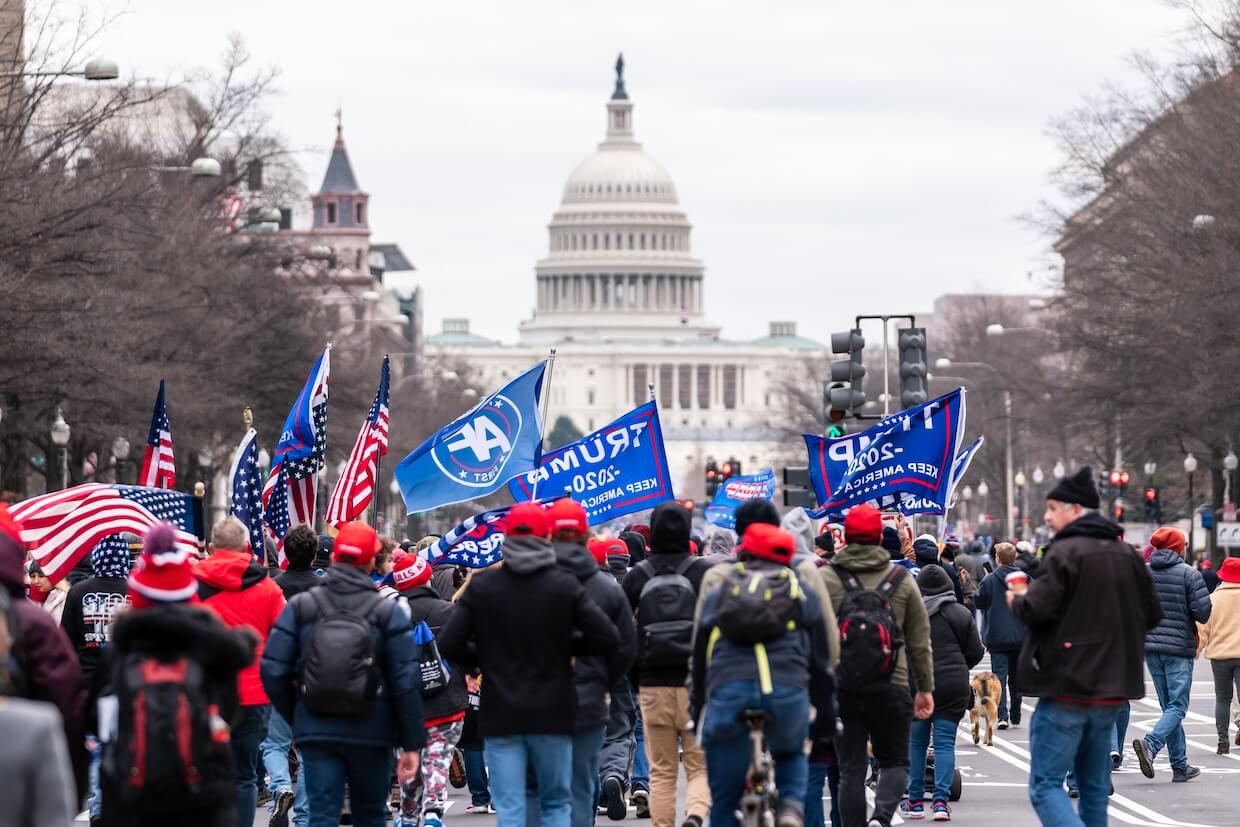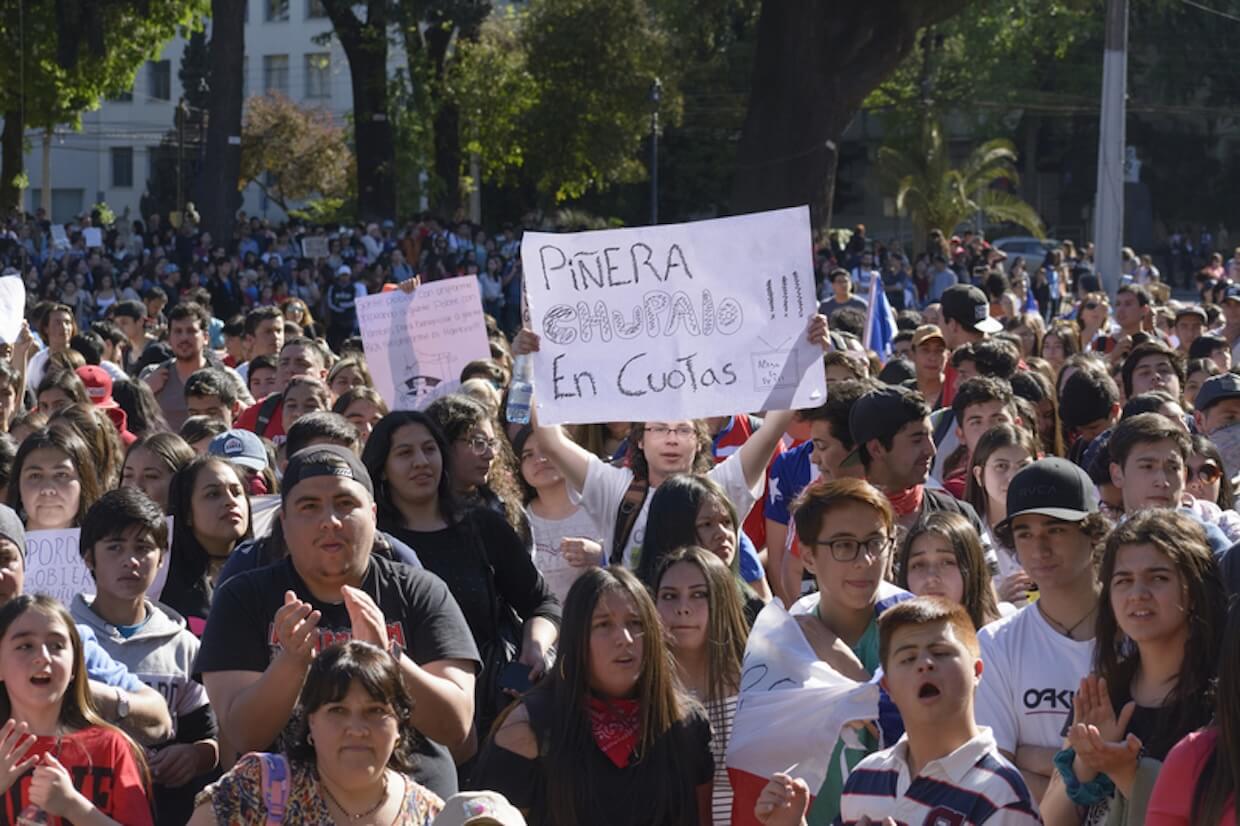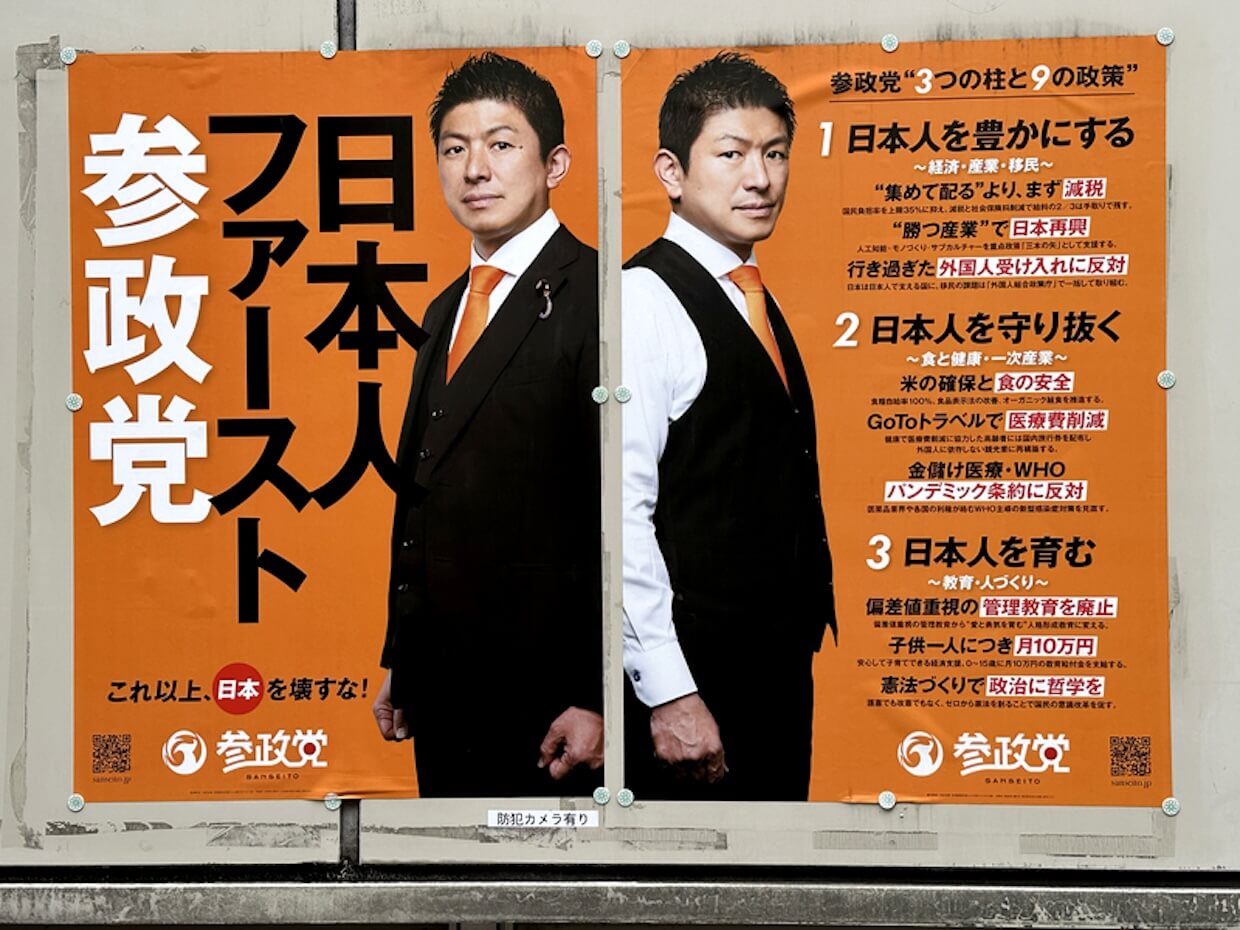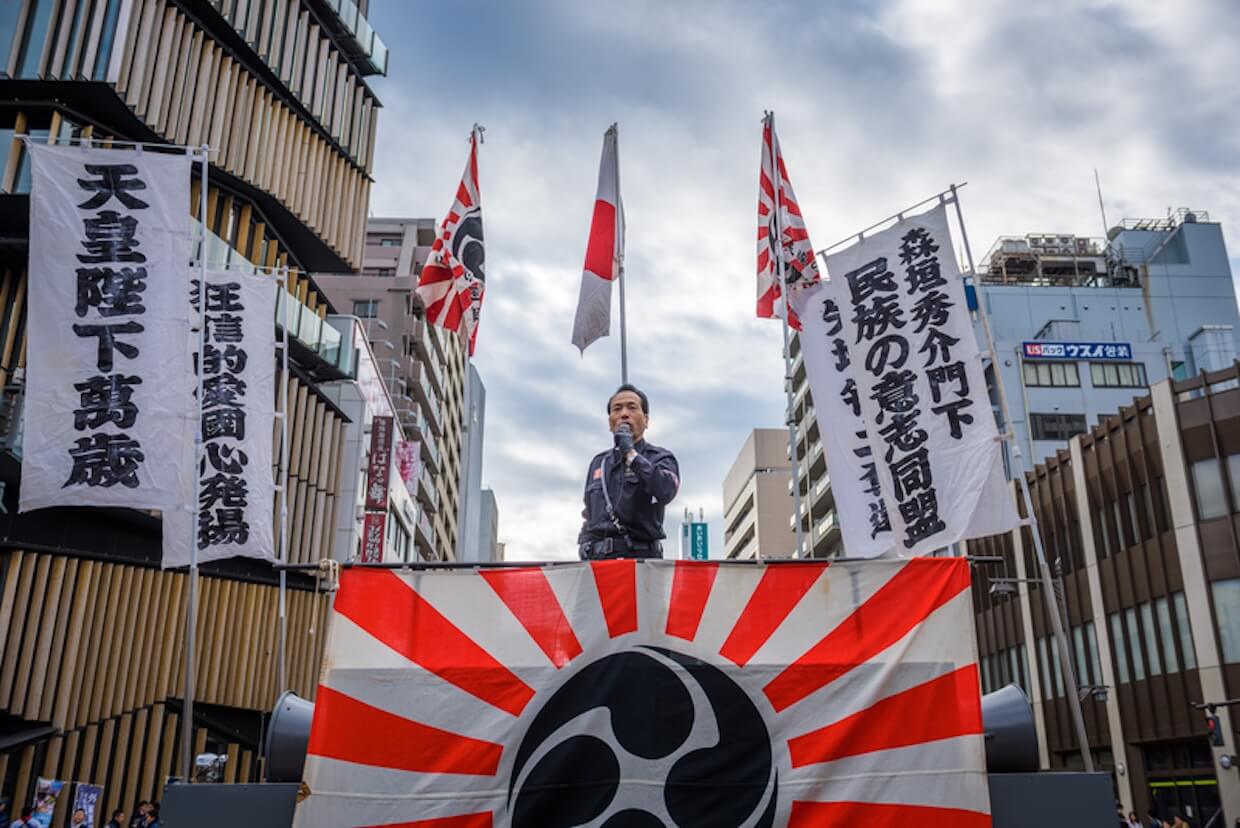In an interview with ECPS, Dr. Lisa Zanotti—Assistant Professor at Diego Portales University and researcher at COES and Ultra-Lab—offers a sharply focused analysis of the far right’s accelerating rise in Latin America and its implications for Chile’s 2025 election. She underscores a crucial structural insight: “presidential systems ease populists’ rise to power in Latin America,” helping figures like José Antonio Kast gain rapid executive influence. While Chile’s rightward shift appears dramatic, Dr. Zanotti cautions that it is driven less by ideological conversion than by strong anti-elite and anti-incumbent sentiment. She also highlights the authoritarian core of the Latin American PRR, warning that “when the far right remains in power for an extended period, democratic backsliding occurs.”
Interview by Selcuk Gultasli
Giving an interview to the European Center for Populism Studies (ECPS), Dr. Lisa Zanotti—an Assistant Professor at Diego Portales University in Santiago, an adjunct researcher at the Center for the Study of Social Conflict and Cohesion (COES), and a researcher at the Laboratory for the Study of the Far Right (Ultra-Lab)—offers one of the most analytically rich and empirically grounded assessments of Chile’s rapidly shifting political landscape. Her comparative research on democratic backsliding, authoritarian value orientations, and the ideological evolution of the Latin American populist radical right (PRR) provides an indispensable framework for understanding the stakes of Chile’s 2025 presidential contest. As she succinctly puts it, “presidential systems ease populists’ rise to power in Latin America,” a structural insight that defines the broader context in which José Antonio Kast is poised to ascend.
In this interview, Dr. Zanotti situates Chile within the region’s accelerating rightward turn, connecting domestic dynamics to a fourth wave of radical-right expansion across Latin America. While acknowledging the ideological coherence of certain far-right constituencies, she emphasizes that Chile’s electoral realignment is driven less by ideological conversion than by powerful anti-elite and anti-incumbent sentiment. As she notes, “there is clearly a shift occurring, but I would not describe it primarily as an ideological one… Ideology plays a role, but it does not fully account for this transformation.”This perspective helps illuminate the surprising convergence of voters behind right-wing candidates in the first-round results, as well as the immediate endorsements Kast received from figures such as Johannes Kaiser and Evelyn Matthei.
A central theme in Dr. Zanotti’s scholarship—and in her interpretation of Kast’s rise—is the distinctively authoritarian character of the Latin American PRR. Chile, she argues, represents a partial exception due to Kast’s unusually explicit anti-immigrant discourse, yet his worldview still fits squarely within an authoritarian framework. “Those who disrupt that order must be punished severely,” she explains, underscoring Kast’s fusion of conservative moral hierarchies, punitive security policies, and anti-liberal social views.
Dr. Zanotti also challenges conventional assumptions about digital populism. While acknowledging the role of disinformation, she cautions: “I don’t think there is compelling evidence that far-right or populist radical-right leaders use digital media… significantly more than other parties.” Instead, disengaged voters gravitate toward whichever camp dominates the agenda—this year, Kast on crime and immigration, and Franco Parisi on anti-establishment appeals.
The conversation concludes with a sobering reflection on democratic erosion. Drawing on comparative cases such as Hungary and Poland, Dr. Zanotti warns: “when the far right remains in power for an extended period, democratic backsliding occurs.” Chile’s future therefore hinges on the durability of its institutions, the fragmentation of its party system, and the evolving attitudes of an electorate increasingly shaped by insecurity and disaffection.
Here is the edited transcript of our interview with Assisstant Professor Lisa Zanotti, slightly revised for clarity and flow.
Programmatic Far Right Meets Anti-Establishment Discontent

Professor Lisa Zanotti, thank you very much for joining our interview series. Let me start right away with the first question: The first-round results of the Chilean presidential elections revealed a striking 70% combined vote for right-wing candidates, despite only 24% going directly to José Antonio Kast. From a supply- and demand–side perspective, how do you interpret this extraordinary consolidation behind the far right? Does this reflect programmatic proximity among right-wing actors, or an anti-incumbent “punishment vote,” as seen in previous Chilean cycles?
Asst. Prof. Lisa Zanotti: I believe it’s both. There are certainly some far-right voters who are strongly programmatic—meaning they align closely with José Antonio Kast’s policy proposals. But there are probably more voters who are more of an— I wouldn’t exactly call it anti-establishment, but rather an anti-incumbent vote, which represents the majority of voters right now. We would make a mistake by interpreting, for example, all the votes for Evelyn Matthei as right-wing votes. A significant share of those who supported Matthei do not really identify with the right but were unhappy with the left-wing candidate from the Communist Party. So yes, I do think there is a mix of programmatic voters and dissatisfied voters.
Given that Johannes Kaiser and Evelyn Matthei endorsed Kast almost immediately, does the 2025 election signal the emergence of a more cohesive radical-right bloc, or does it instead reflect strategic coalitioning that may fracture once governing begins?
Asst. Prof. Lisa Zanotti: As I was saying before, there’s a difference between the ones who voted for Kaiser, who I do think are very much in line with Kast’s proposals. Kast and Kaiser are quite similar candidates from an ideological point of view; the only difference between them is their style. Kast is much more of a traditional conservative candidate, closer to a Marine Le Pen–type style, while Kaiser is more of a Donald Trump–type candidate—also much more performative.
With respect to Evelyn Matthei’s voters, there is a percentage of them aligning with the center or the center-left who were dissatisfied with the Harač candidate. (Harač is a colloquial Chilean term used to criticize a proposed “tax on the wealthy” introduced by Daniel Jadue, the Communist Party (PC) candidate—a measure his opponents framed as excessive and punitive. S.G.)
And in the case of a José Antonio Kast government, Kaiser would align with him in backing all his policy proposals. It is difficult to say what the future of the center-right in Chile is because, yes, it’s true that Evelyn Matthei backed José Antonio Kast very quickly but it’s difficult to predict how the parliamentary bloc would behave.
Order, Punishment, and the Authoritarian Logic Behind Kast’s Rise
Crime and immigration became the dominant issues of the presidential election campaign, mirroring your findings that the Latin American Populist Radical Right (PRR) often substitutes authoritarianism for classical nativism. How does Kast’s fusion of transnational crime and undocumented migration fit within—or challenge—your framework of “authoritarian but not primarily nativist” radical-right parties in Latin America?
Asst. Prof. Lisa Zanotti: When we wrote that article, a small caveat is that Chile was not in the sample, and Chile is something of a partial exception in the sense that Kast has a distinctly anti-immigrant discourse. Some studies have found that anti-immigration views are indeed determinants for voting for Kast. But in general, the authoritarian view—in the sense of conceiving society as structured in a certain normative way—also fits Kast’s framework. It’s enough to mention his anti-liberal positions, which essentially restrict the rights of certain civic minorities, such as sexual minorities or women. In his view, married women are positioned above, for example, feminist women, single women, or women who don’t have children.
I also see authoritarianism in Kast’s approach to security, where society is understood as needing to be ordered in a specific way, and those who disrupt that order must be punished severely. So in his extremely conservative positions, and in his views on crime, punishment, and the kinds of policies he wants to implement to stop violence on the streets, I would say that I do indeed see an authoritarian view.
To what extent does the PRR’s issue ownership on crime depend on perception gaps rather than objective crime rates, and how does this extend your research on authoritarian value orientations and their relationship to vote choice?
Asst. Prof. Lisa Zanotti: I would say quite a lot—a short answer to your question. First of all, we know that, in comparative terms, Chile still has decent crime numbers compared to other countries in the region. But clearly, people don’t care about that. People care about the fact that the situation has worsened. And there is a strong perception that the country has become really unsafe. Kast and his sector did a pretty good job of putting this at the center of the agenda, and the left didn’t manage to put their issues—the issues they care about—at the center of the debate, such as housing, which is a big problem here, not just in Santiago but throughout Chile, and in other South American countries as well. They didn’t manage to make these issues central, and we ended up talking almost exclusively about immigration and crime.
Disengaged Voters and the New Foundations of Chile’s Rightward Shift
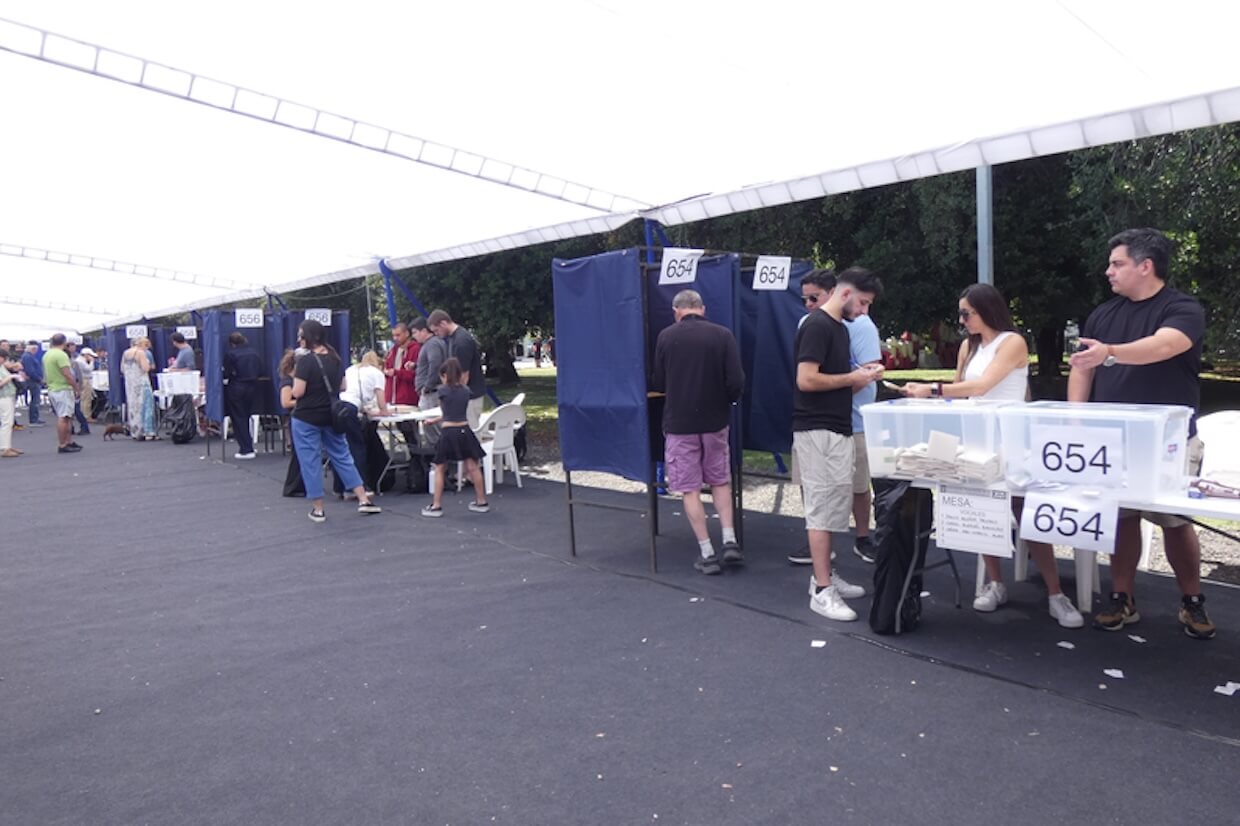
Compulsory voting raised turnout to over 80%, activating a large pool of previously disengaged voters. Do your demand-side findings suggest that these “new” voters are especially susceptible to anti-elite, populist, or authoritarian appeals, and how might this reshape Chile’s longer-term political demography?
Asst. Prof. Lisa Zanotti: I would say that these voters are clearly disengaged. I would also say that they are clearly anti-establishment and do not care much about politics. They tend to vote for the candidate they think “owns” the agenda, basically. So, as I was saying before, we ended up talking a lot about immigration and crime, and the right—and Kast specifically—is believed to be more competent and reliable on these kinds of issues. So people who are disengaged and don’t really care much about politics are drawn toward the more visible candidate, and in this case, it’s been Kast. But I would add that it’s not just Kast. The anti-establishment component of these voters also resulted in a large vote share for Franco Parisi, who was the third candidate in the election.
How should we understand Franco Parisi’s unexpected third-place performance—despite his anti-establishment, techno-populist profile—in relation to your comparative work on negative partisanship, identity cleavages, and dissatisfaction with democracy?
Asst. Prof. Lisa Zanotti: As I was saying before, these people were drawn toward Franco Parisi’s candidacy because of his anti-establishment posture. He repeated constantly that he was neither a fascist nor a communist. So he didn’t play into this communism-versus-fascism cleavage. He deliberately avoided positioning himself in that political and cultural battle. His discourse was strongly anti-establishment, and he was able to attract the votes of many people who hadn’t voted before, as well as people who disengaged from other parties. So I think it wasn’t despite his anti-establishment discourse; it was because of it that he managed to attain third place in the competition.
Trading Liberty for Order: Understanding Support for Democratic Backsliding
Kast’s platform includes Bukele-inspired measures such as mass incarceration and military deployment. Based on your research on “Why Citizens Support Democratic Backsliding,” what psychological or affective mechanisms make such proposals attractive to voters in an otherwise democratic and institutionally robust polity like Chile?
Asst. Prof. Lisa Zanotti: As always, it comes down to perceptions. People perceive the Bukele model as successful—which, in some respects, it is—but they clearly don’t see the other side of it, namely the human rights violations. In El Salvador’s case, there are many studies showing that people who consider themselves democratic are still willing to trade certain democratic principles for greater security, because they see being secure—being safe on the street—as part of the democratic promise. Kast did a very good job convincing people that this model is somehow exportable to Chile. But we know it is not the case: studies show that the criminal organizations operating in El Salvador are very specific and not comparable to those in Chile, and that the kinds of deals Bukele reached with the Mara Salvatrucha (MS-13, an El Salvador–origin transnational criminal gang known for extreme violence, drug trafficking, and organized crime activities. S.G.), simply aren’t possible here. People don’t see that. What they see is the appeal—because from the outside, the model looks successful.
Do you see the 2025 election as strengthening or weakening Chile’s democratic “guardrails,” especially considering the constitutional memory of authoritarianism and the preventive strength of its party system?
Asst. Prof. Lisa Zanotti: It’s hard to say, but we do know from comparative experience that the far right, when in government, erodes democratic principles and institutions from within. Just look at Hungary or Poland, for example: years of far-right governance have steadily weakened institutional safeguards. So it’s not that today we are in a democracy and tomorrow we suddenly find ourselves in an authoritarian regime. Rather, if the far right comes to power and remains there for a long period, comparative experience clearly shows that some degree of democratic erosion follows.
Pinochet’s Shadow in 2025 Elections

Kast has increasingly softened his explicit references to the Pinochet era while mobilizing nostalgia for “order” and “discipline.” Does this represent a strategic moderation, a normalization of authoritarian signifiers, or a deeper reframing of Pinochet’s legacy within contemporary right-wing identity politics?
Asst. Prof. Lisa Zanotti: I would say the first one. Kast was very effective in not talking too much about Pinochet and his regime. I do think—and we know—that he endorsed it. And I also think Kast was helped a lot in being seen as more mainstream and moderate by Kaiser’s candidacy, which is much more visible and performative, and Kaiser sounds much more radical than Kast. Again, they’re ideologically very similar; it’s just a performative act that may lead voters to think that Kast is more moderate and help him attract more votes, basically.
In your work on classifying Latin American PRR parties, you note that the resonance of nativism varies regionally. Could Pinochet-era “order” nostalgia function as a functional substitute for stronger nativist frames in the Chilean radical right?
Asst. Prof. Lisa Zanotti: Yes, there are some voters who are basically authoritarian, who believe that a strong candidate—as Kast is presenting himself—would restore the old order, as in the Pinochet era. But I also think there is a more pragmatic voter, especially in the middle class, who is not necessarily nostalgic but does want more order, less immigration, and better economic performance. We are underestimating the economic vote and the perception that the current government has performed very poorly in the economic realm. So, especially among the lower middle class, the economic vote is strong, and it is a pragmatic vote rather than a nostalgic one.
Conservatism Meets Neoliberalism: The PRR Formula in Chile
Kast’s discourse mixes populist anti-elite messages with strongly conservative moral rhetoric and market orthodoxy. Does this hybridization indicate an emerging Latin American variant of PRR populism, or does it remain closer to a European-style ideological triad (authoritarianism–populism–nativism)?
Asst. Prof. Lisa Zanotti: The Latin American far right—or populist radical right—tends, in the economic realm, to be neoliberal. I wouldn’t say that every PRR leader in Latin America is neoliberal, but the right in the region has a clear trajectory where neoliberalism is a strong ideological pillar for the right in general.
I also wouldn’t say this is only a Latin American variant, because if we look at Vox in Spain, for example, it has pretty much the same ideological mix. They’re strong on conservative values and also heavily neoliberal. So, this is a sub-variant of the PRR: very strong conservative values combined with neoliberal economic positions. And we do see that some PRR parties in Europe don’t really care about social values in the same way.
Moreover, the PRR in Latin America is much less interested in immigration—Chile being an exception. But this is because the Great Replacement Theory doesn’t really work here, since the kind of immigration the region receives is pretty much homogeneous in a national sense. So you cannot say that they are “ruining our culture.” Even for Kast, the anti-immigration discourse is largely economic: the idea that “we don’t have enough jobs, and we don’t want outsiders coming here and stealing jobs from Chileans.” The exclusion is based more on civic values rather than ethnic ones. Venezuelans come here with a different way of life, and that is framed as the reason for exclusion. So, I wouldn’t say it’s completely a Latin American variant.
Why Presidential Systems Accelerate Far-Right Power in Latin America
How do you evaluate the movement-building capacity of Kast’s coalition, given the relatively weak institutionalization of right-wing parties in Chile compared to the long-lived PRR parties in Europe?
Asst. Prof. Lisa Zanotti: But in Latin America, it all happened really quickly. The first Latin American far-right leader to get elected—Bolsonaro—was just seven years ago. So from 2018 up until now we have a lot of PRR or far-right leaders in power. We also have some countries in which the far right is strong electorally but not yet in power.
So, with the presidential system, it’s much quicker, and the far right can gain a lot more executive power. With respect to Europe, with parliamentary democracy, it takes more time to build a coalition for the far right, and if we look at Western European countries, in most cases the far right is the minority partner in government, except Italy. Italy is the main exception, where the far right is basically in power with two parties, and there is a small center-right mainstream party in government, but really the government is a far-right one.
So in Latin America, with the presidential system, it is much easier, at least in the executive branch, for these leaders to take power.
Kaiser, Franco Parisi, and Kast all relied heavily on digital mobilization, bypassing legacy media. How does this expansion of online efficacy relate to your findings on political participation and disaffection? Does digital populism systematically empower the radical right more than other actors?
Asst. Prof. Lisa Zanotti: I don’t think there is compelling evidence that far-right or populist radical-right leaders use digital media for campaigning significantly more than other parties. What we do know is that they sometimes rely on misinformation and disinformation—spreading content that is factually false—which certainly plays a role in their communication strategies.
However, in the case of the Chilean election, particularly regarding Parisi, most of his support came from politically disengaged voters: people who were not active on social media, not following political news, and generally uninterested in politics, but who held strong anti-establishment sentiments. For this reason, I don’t believe digital media was a decisive factor for either Parisi or Kast.
Chile Joins Latin America’s Far-Right Surge

The rightward turn in Chile parallels broader regional shifts—in Argentina, Bolivia, Colombia, and potentially Peru. How should we interpret Chile’s first-round election outcome within the “fourth wave” of radical-right diffusion you analyze? Does Chile confirm or challenge regional patterns of PRR emergence?
Asst. Prof. Lisa Zanotti: Chile fits squarely within the broader trend we are observing in many countries toward the rise of far-right governments. At this point, Kast is poised to win the second round and would join the growing roster of far-right leaders already in power. Next year, Peru will also hold elections, and its far-right candidate is currently leading the polls. There is clearly a shift occurring, but I would not describe it primarily as an ideological one. Rather, it is driven by strong anti-elite sentiment and widespread rejection of incumbents—many of whom, in Latin America, have been left-leaning. Ideology plays a role, but it does not fully account for this transformation in the region.
And lastly, Professor Zanotti, if Kast wins the presidency, do you expect Chile to experience episodic, contained, or structural democratic backsliding? Which institutional, social, or attitudinal variables—based on your research—will be most decisive in shaping Chile’s trajectory over the next decade?
Asst. Prof. Lisa Zanotti: As I was saying before, I don’t think the erosion will happen in a short period of time. First, we need to see if the far right is going to come to power, which seems possible, and then for how many years it is likely to remain in power. Parliamentary support is also crucial; we already know that Congress is quite divided. We know that the center-left and the left performed better in the parliamentary elections than in the presidential election, so again, it would depend on different variables. But based on the comparative experience we have, when the far right remains in power for an extended period, democratic backsliding occurs.












